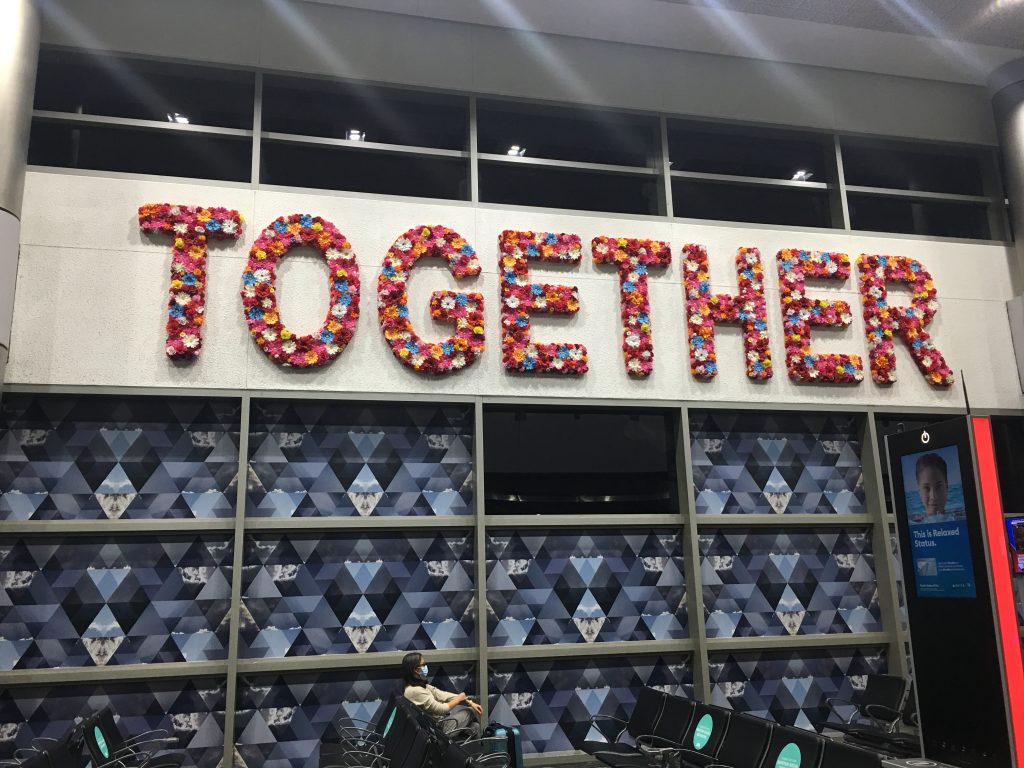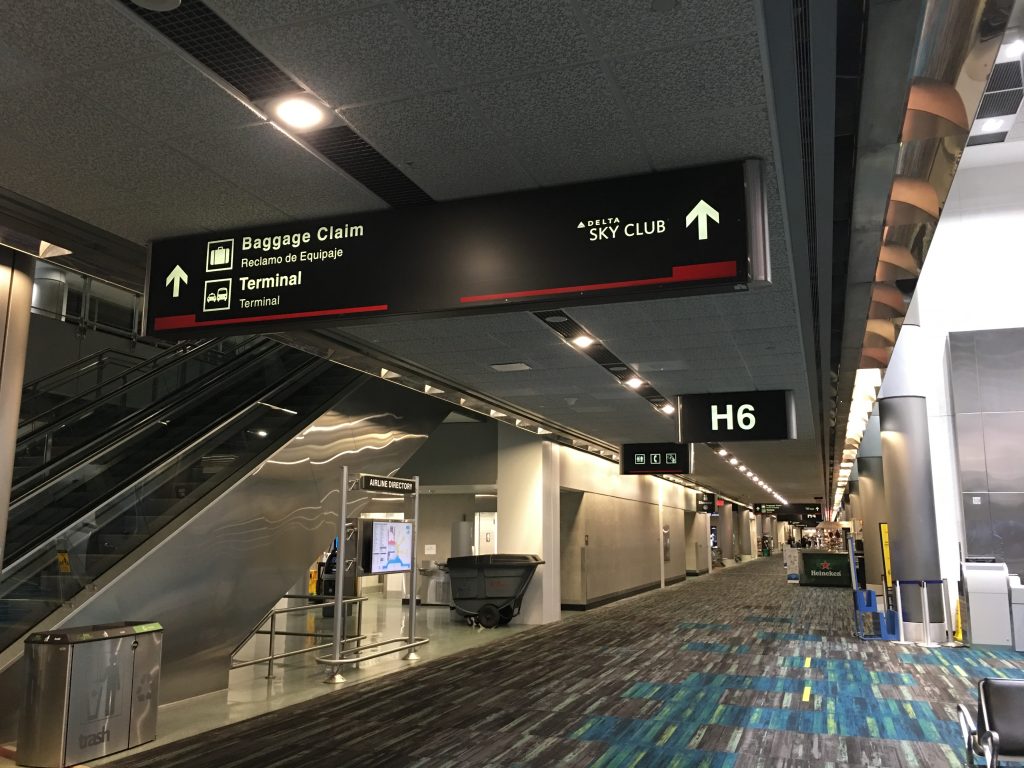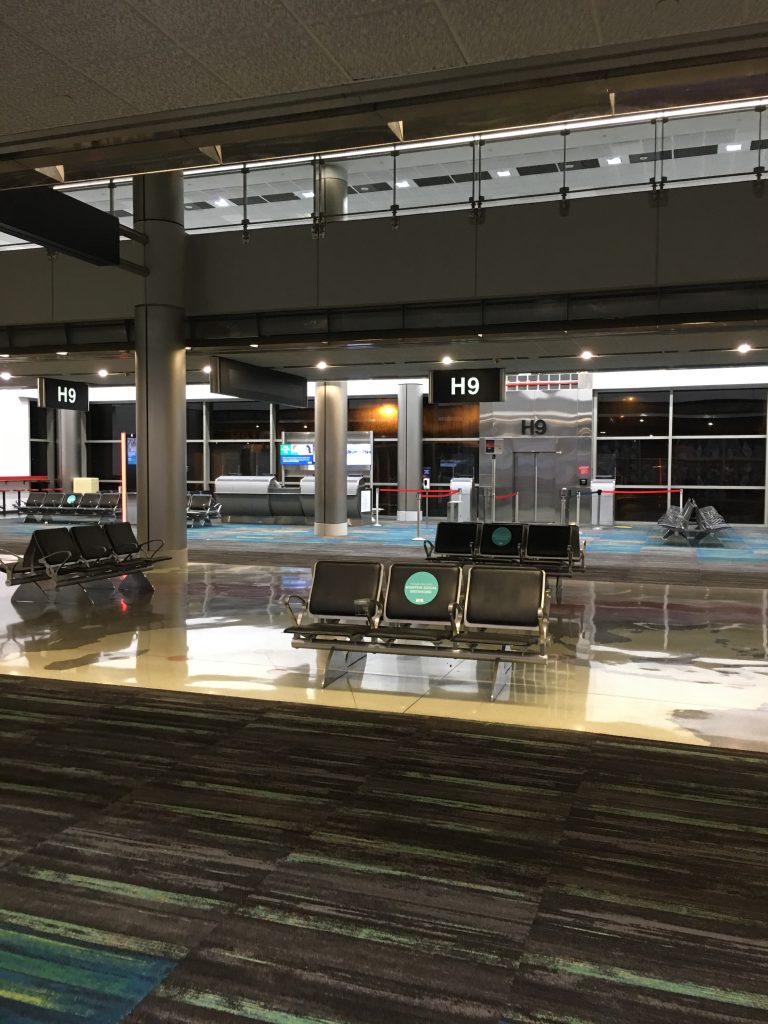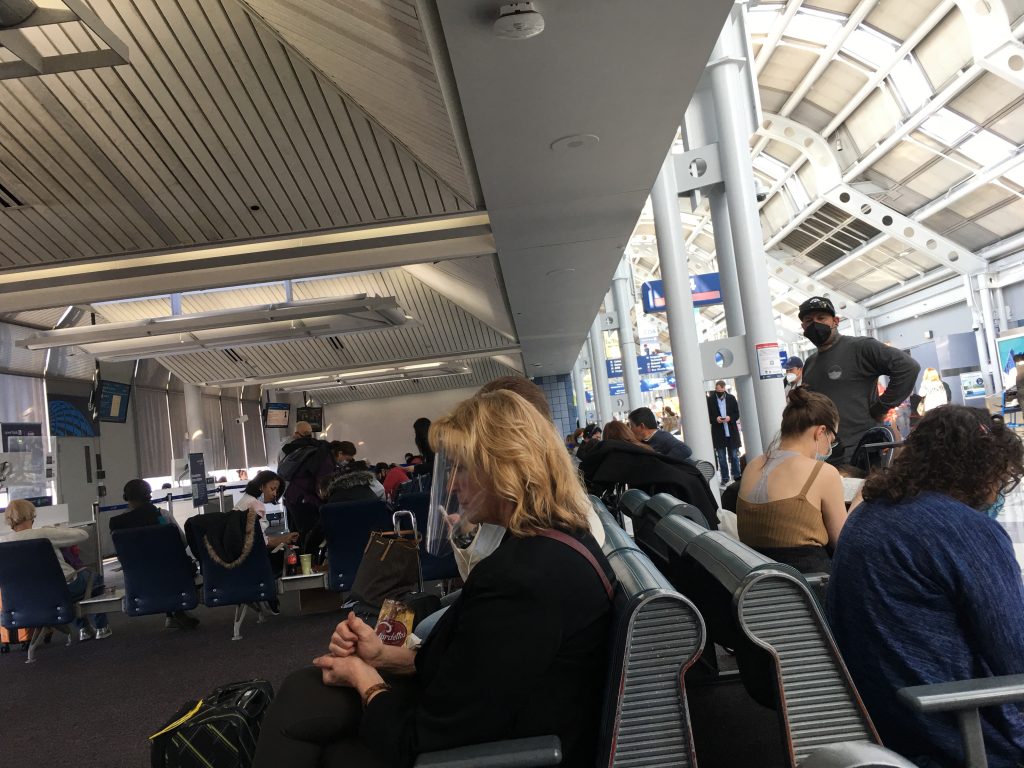To Pat,
“Quiero ser el dueño de mis sueños y caminar seguro por un suelo, donde mis huellas duren. Quiero escuchar las voces de la Floresta y encontrar en sus heridas una esperanza acompañada de otra, y de otra. Quiero encontrar momentos quietos donde el viento sople y el sol caliente, donde el dolor de la raza y tu indiferencia sean ajenas y solas. Quiero saber tu nombre, che Sy, y guardarlo en el medio de una historia que se escriba desde siempre, recordando tus memorias. Quiero luz, agua, vida, paz, amor, alegria, una tierra donde ser para mis hijos. Una tierra donde la mirada opresora, racista, discriminadora se confunda y se pierda en el cambio, en un acto, en donde el pueblo resurja y desentierre la verdad de tus historias.”
“I want to be the owner of my dreams and walk on a soil where my footprints matter. I want to hear the voices of the Forest and find in its wounds a bit of hope. I want to find quiet moments where the wind blows as the sun warms, where the pain of racism and its indifference can be alien and alone. I want to know your name, mother Earth, and keep it in the middle of a history, that can write itself forever, remembering your stories, reckoning your memories. I want light, water, life, peace, love, joy, an earth for my children. An earth for being, where oppression, racism, discrimination, hate can get all confused and lost by change, by actions, by people’s claim of unearthed inheritances.”
The path of the past four months took me through lots of reflections, orienting my research to the exploration of intersectionality and borderlands, bringing in my own identity as a latinx queer woman to analyze the different layers of intersections that define ourselves and determine how we experience the world and our intercommunal relationships.
I want to amplify through design the empirical knowledge of the ”pueblos originarios” (the original cultures) of immigrant and indigenous lived experiences in Canada in order to pursue and achieve the needed restoration/reconstruction of the social and ecological balance on our “Tierra Madre.”
Within the actions of the studio class, storytelling, secondary research, using games, letterforms, “colloquies”, are methods that helped in this quest for a research-based project.
I am willing to see my future self, working along with these previous methods, on placemaking, relational design and community practices to re-read the history of the land and its ecologies. To work towards developing and setting design practices that can respond to local needs, reconciling technology with empirical knowledge.
This future self also aims to work on creating awareness, to bring into the conversation the uncomfortable truth of systemic racism and discrimination that doesn’t allow the resurgence of “original” epistemologies as an alternative to shift our modern/capitalist way of living.
I believe design practice is entangled with the political, social and cultural reality of our societies, where colonialism prevails as the status quo. Diverting from this status quo entices being political in disposing convoluted capitalist and modernist practices. An ontological shift is possible by having a firm, collective intent as designers. We owe it to our future generations; we owe it to a distressed Pachamama. We have to look back into the future to move forward. I want to see my future self, doing that.









